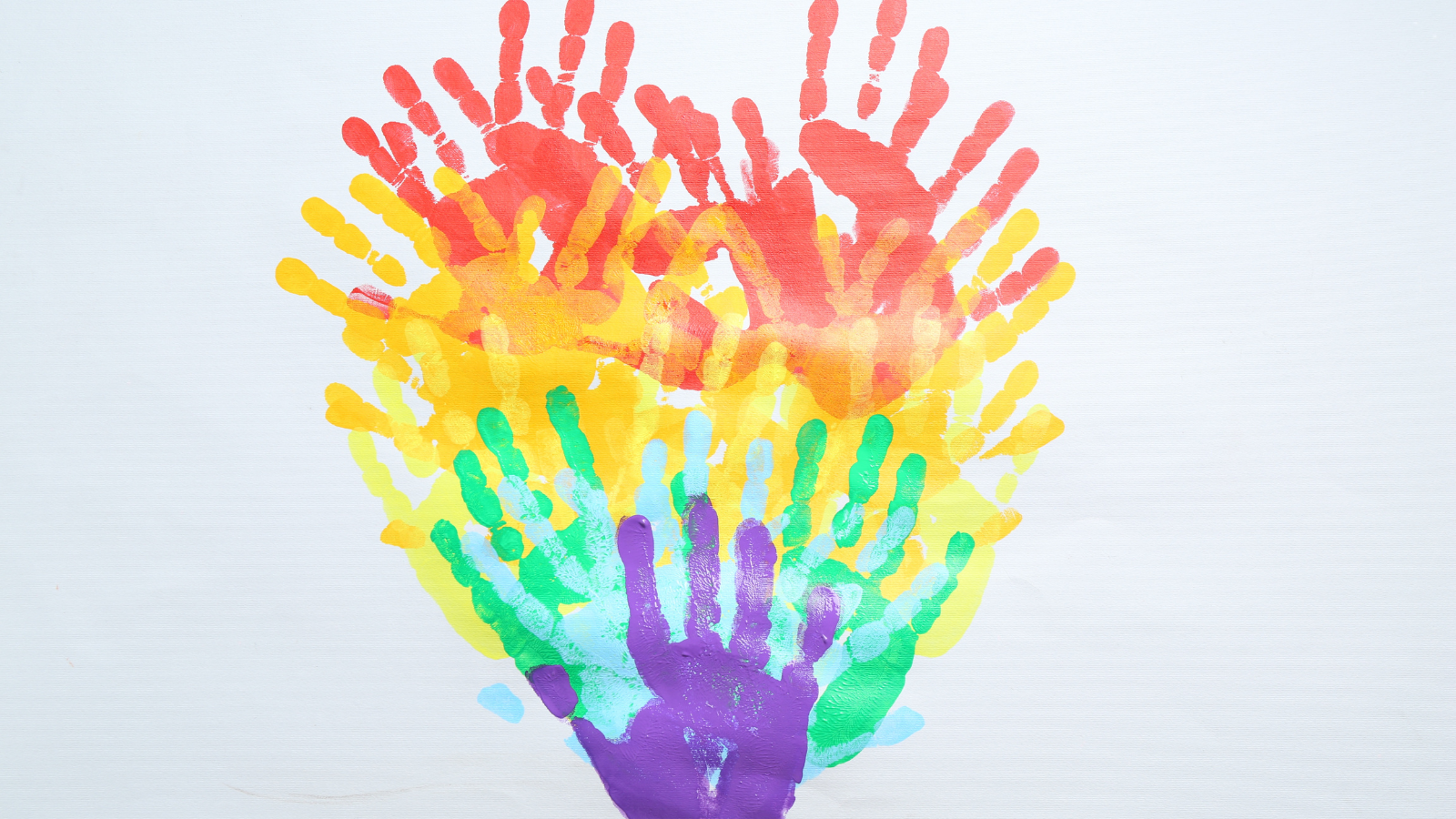- People
- Expertise
Our expertise
We are a team of more than 600 professionals, with the depth of experience which makes us genuine experts in our fields. Together, gunnercooke’s people have strength across just about every corporate discipline and sector. We provide legal, commercial and strategic advice that delivers real value to the clients we work with, which span from multinational enterprises through to not-for-profit organisations. Our breadth of expertise covers some of the most interesting emerging disciplines such as charity, crypto, sports and competition law.
Search by practice areaDispute ResolutionDispute Resolution OverviewMeet the Dispute Resolution TeamIntellectual Property DisputesFinancial Services & FinTech OverviewProceeds of CrimeEmployment TribunalTax InvestigationProperty Dispute ResolutionInsolvency DisputesMediationCivil Fraud & Asset TracingHealth & SafetyBusiness Crime & InvestigationsLitigation & ArbitrationInternational Arbitration - International
International Offices
The gunnercooke group has 16 main global offices across England, Scotland, the US, Germany and Austria, with further plans for growth in the coming years. These offices enhance the existing in-house capability of our dedicated international teams and dual-qualified experts that cover Spain, France, Italy, Portugal, Brazil, China, India, Poland and Hungary. Our team have clients across 123 jurisdictions, speak 46 languages and are dual-qualified in 21 jurisdictions. Our expertise means we can offer large teams to carry out complex cross-border matters for major international clients.
- Our story
Our story
gunnercooke is a Top 70 law firm. We comprise a rapidly growing number of experts spanning legal and other disciplines. Clients benefit from flexible options on fees to suit their needs, access to a wider network of senior experts throughout the relationship, and legal advice which is complemented by an understanding of the commercial aspects of running a business.
- Reading Room
- News & Insights

Read part one here.
Moving from tolerance to acceptance allows me to coexist with people I dislike, behaviours I disapprove of, or situations that make me uncomfortable. Tolerance feels easier because it lets me avoid confronting difficult emotions or changing my expectations. It preserves peace in the short term but can create emotional distance over time.
Acceptance, however, demands more effort. It requires letting go of rigid beliefs and reframing my perspective. For instance, I may need to accept a teammate’s different but equally effective approach. Acceptance involves processing disappointment and grief rather than suppressing them, fostering genuine understanding and emotional flexibility that led to lasting peace.
Inner Flexibility
True acceptance stems from inner flexibility—a deep recalibration of my beliefs and values to align with reality. This transformation nurtures maturity and discernment, helping me know when to hold firm to a principle and when to adapt it with openness.
1. Cultivating Self-Awareness
Understanding my inner thought patterns and emotional responses is foundational for fostering flexibility. I can do so by;
- Regularly reflecting on my beliefs, values, and assumptions. Ask myself: Why do I feel strongly about this? Are my expectations realistic or rigid?
- Paying attention to situations that provoke resistance or discomfort. Recognising the thoughts or feelings driving these reactions.
- Using mindfulness practices to observe my thoughts and emotions without judgment, creating space for perspective.
2. Reframing My Perspectives
Reframing involves shifting my mind-set to see a situation in a new, more constructive light. I should;
- Ask, Is my perspective the only valid one? What might this look like from another’s point of view?
- View challenges or changes as opportunities for learning and development, rather than as threats to my expectations.
- Look for positive aspects or potential benefits in the new reality instead of lamenting what was lost or changed.
3. Embracing Emotional Processing
Flexibility requires processing emotions fully rather than suppressing or avoiding them. I need to;
- Recognise and validate my emotions, even if they are uncomfortable. For example, it’s okay to feel disappointment or frustration initially.
- Use techniques such as deep breathing, journaling, or talking with a trusted confidant to process emotions constructively.
- Avoid allowing negative emotions dictate behaviour; instead focusing on aligning actions with long-term perspective.
4. Fostering Empathy
Empathy helps me understand and appreciate others’ perspectives, fostering inner flexibility in relationships. I should;
- Actively listen to others’ viewpoints without formulating a rebuttal. Ask questions to deepen my understanding of their motives and reasoning.
- Approach differing opinions or choices with curiosity rather than criticism avoiding pre-formed judgments.
- Imagine myself in the other person’s situation to better grasp their feelings and decisions.
5. Letting Go of Control
Inner flexibility thrives when I relinquish the need to control, not only the outcome but also means to attain the same. I should;
- Acknowledge that situations often unfolds unpredictably. Focus on adapting rather than controlling.
- Identify areas where I can make a positive impact without dictating the process.
- Separate my sense of self-worth or happiness from specific method to achieve the results, embracing the idea that different paths can still lead to same destination.
Inner flexibility is a skill that can be developed through self-awareness, emotional processing, cognitive agility, and empathy.
With inner flexibility:
- I avoid extremes: I don’t rigidly impose my beliefs, values, and convictions when doing so causes harm or impracticality. And I don’t opportunistically discard these just to achieve convenience or short-term gains.
- I foster better relationships: Those around me perceive my actions as guided by integrity, even when I adapt my approach to suit the situation. This builds trust and respect.
- I emerge as a thoughtful leader: Whether in personal or professional life, my ability to balance firm principles and fluid policies makes me a reliable and adaptable decision-maker.
- I experience greater inner peace: Flexibility minimises inner conflict because I operate with clarity, knowing my decisions are both ethical and practical.
While the process requires effort and intentionality, the resulting ability to adapt deeply and authentically fosters greater peace, resilience, and harmony in both personal and professional realms.
Conclusion
Mastering the shift from tolerance to acceptance is difficult but vital for personal growth. True flexibility lies at its core, not the abandonment of values, but their refinement in response to changing realities. It blends confidence with humility and emotional intelligence, enriching both personal and professional life. Recognising when to stand firm, tolerate, accept, or evolve builds wisdom, strengthens relationships, enhances success, and fosters a more fulfilling life.
In part three, we will analyse the concept of principles and policy
To receive all the latest insights from gunnercooke to your inbox, sign up below

